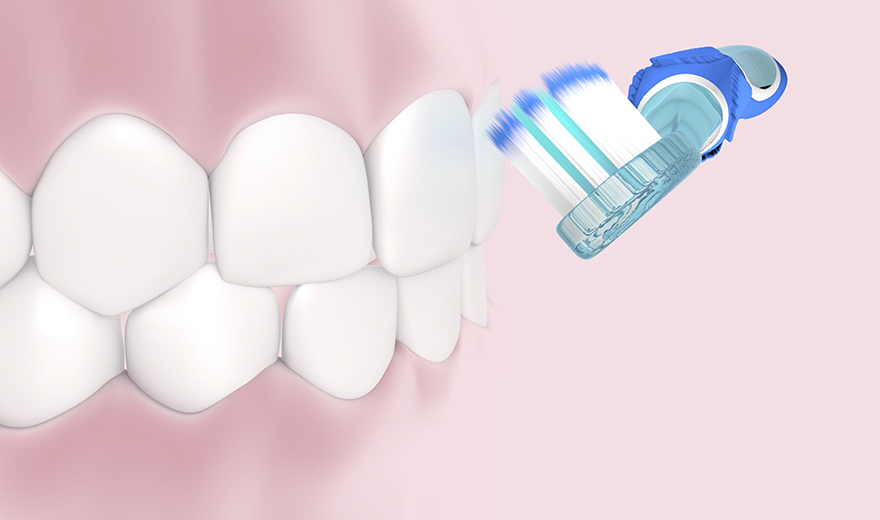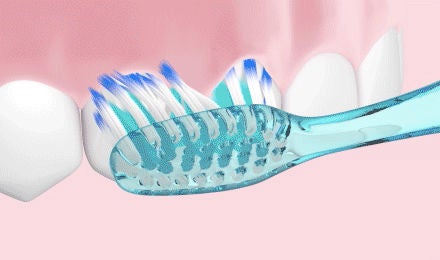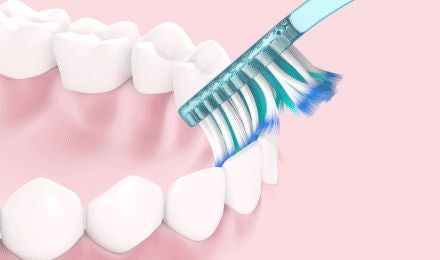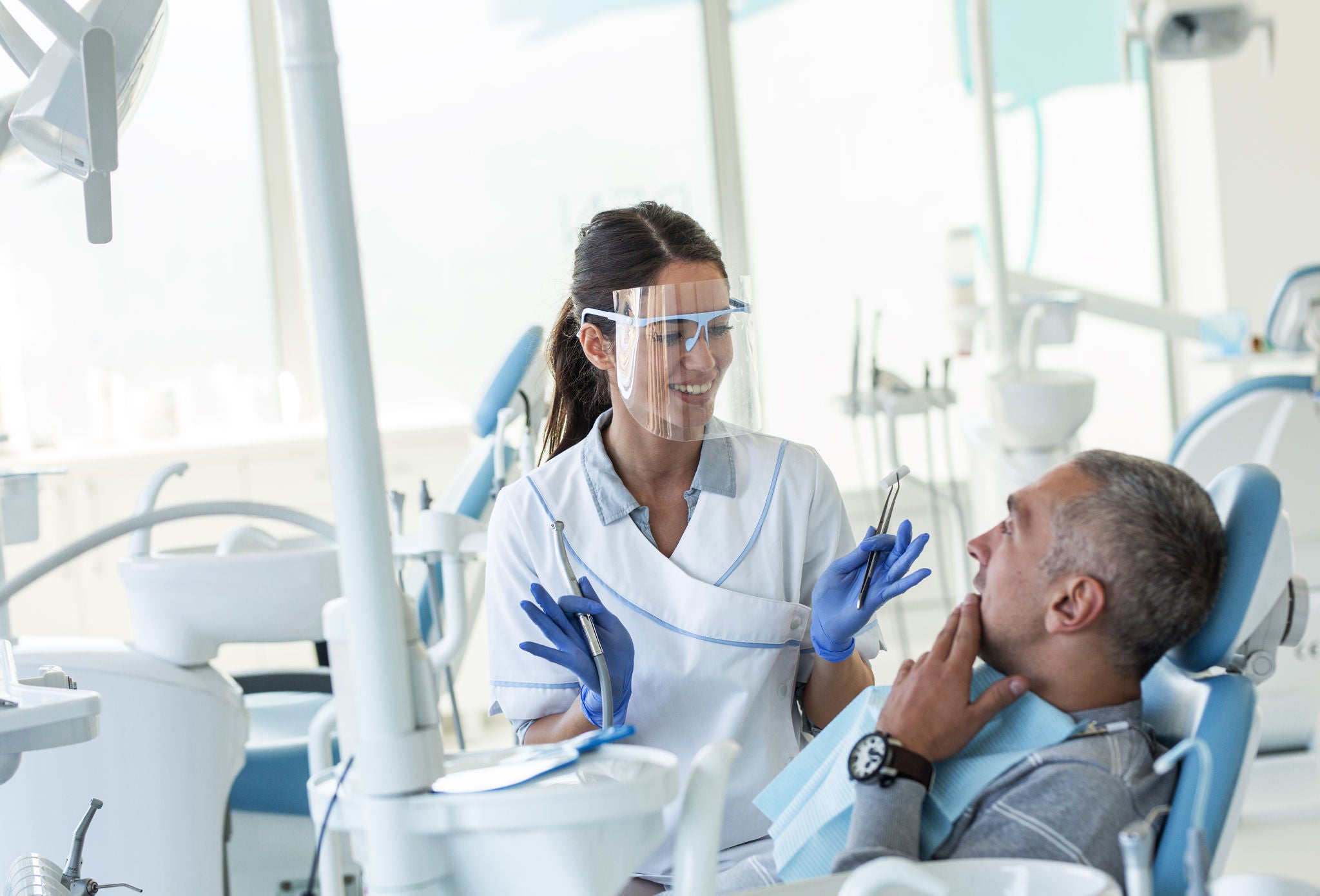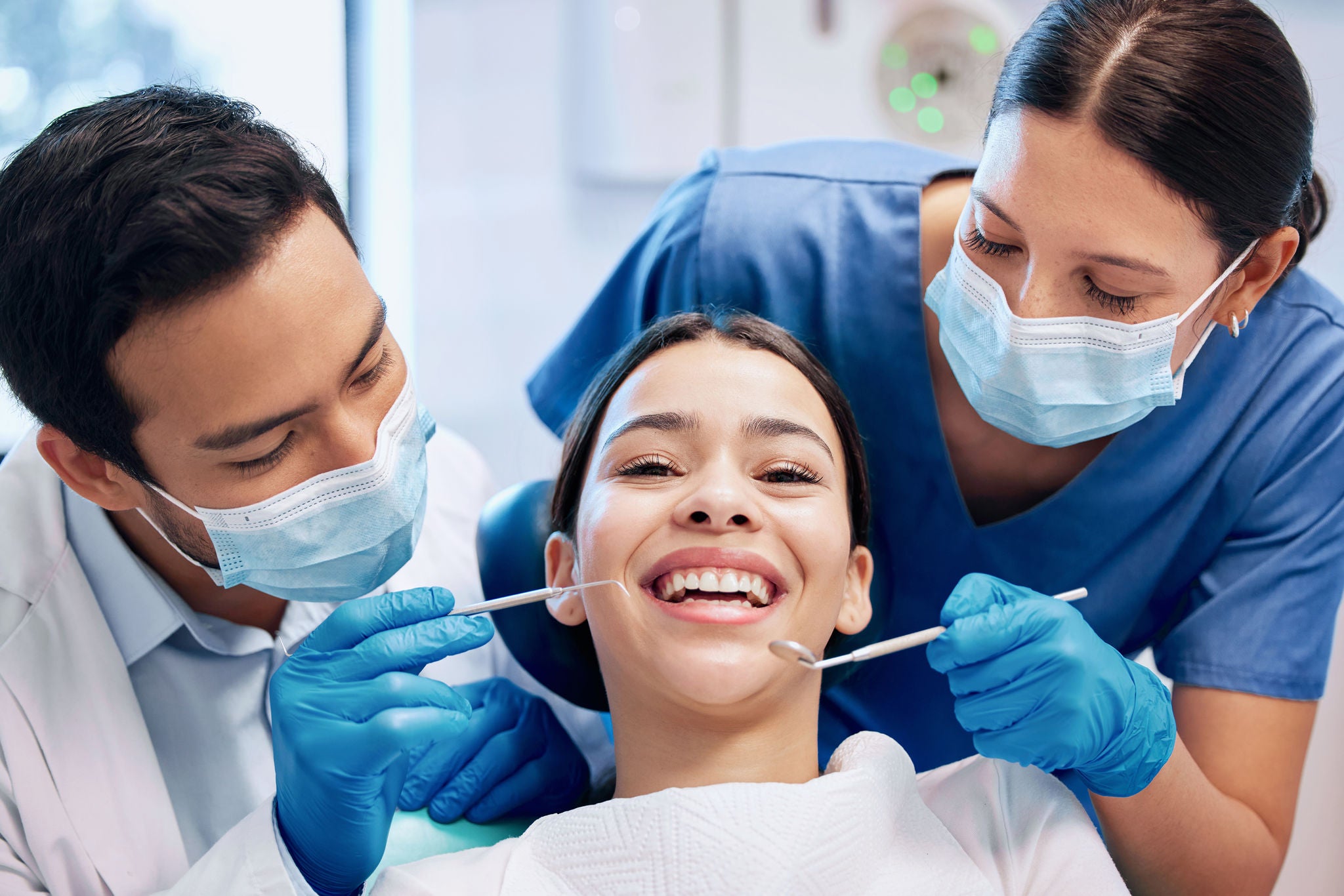
AI, Smart Toothbrushing, and Advanced Techniques: The Future of Toothbrushing?
Generally speaking, consumers are always interested in the next big thing. As technology continues to disrupt every industry and aspect of life, there’s a growing focus on innovations like artificial intelligence (AI) and their ability to improve or streamline daily activities.

Toothbrushing and oral care are certainly among the areas experiencing this disruption. If you’re receiving questions from patients about what’s available in terms of “smart” toothbrushes, phone apps, and other dental tech advances, you are not alone.
Don’t let them fall into the “shiny new objects” fixation. Emerging technologies like AI are certainly capable of helping to improve toothbrushing technique and results, but as always, the best course of action depends on the patient.
Examples of innovative smart toothbrush technology
One of the most promising frontiers for oral care technology is found with “connected toothbrushes,” which can interact with a patient’s smartphone to offer new levels of insight and data around at-home oral care.
Something so simple as a visualization of your habits, progress, and consistency can go a long way. If you, or someone you know, has improved their fitness routine because they wear a smartwatch or fitness tracker that helps hold them accountable, then you know what we’re talking about.
Here are three studied examples of connected technology making oral care “smarter.”
Sensors to support proper toothbrushing time and technique
A few years ago, Alkilzy et al. performed a clinical trial with children in which all participants used a sensor-embedded toothbrush, but only the test group got feedback from the app. They found significant improvements for the test group across oral health indices like plaque and gingival levels, compared to the control group.
“The results highlight the enormous possibilities of a toothbrushing application via the smartphone,” the study concluded.
Other studies, such as an RCT from 2018 and another one from 2020, support these findings, showing superior plaque removal for an interactive toothbrush compared to a manual toothbrush.
Learning about habits through insights
Another study by McKenzie et al provided nearly 2,000 patients with connected electric toothbrushes over a four-month period, hoping to gain insight into individualized brushing behavior and performance.
The data collected through this process included frequency of use, duration, and surface coverage of each brushing session across 16 zones covering occlusal, buccal and lingual surfaces. This enables an understanding of many specific nuances in toothbrushing technique at a high level – for example, are there observable differences between males and females, or right-handed and left-handed people? (For what it’s worth, this study saw no statistically significant distinction in those areas.)
“The use of connected toothbrushes in patients' home care routines can improve overall brushing duration and zonal duration and offers the opportunity to understand authentic brushing habits on both an individual and population level,” the abstract stated. “As such these data are of interest to practicing clinicians, clinical trialists and public health dentists.”
An RCT from 2018 confirmed these findings, stating that brushing time increased by 34s on average in the group that brushed with a smart toothbrush, whereas the brushing time in the control group – who brushed with a manual toothbrush – remained flat.
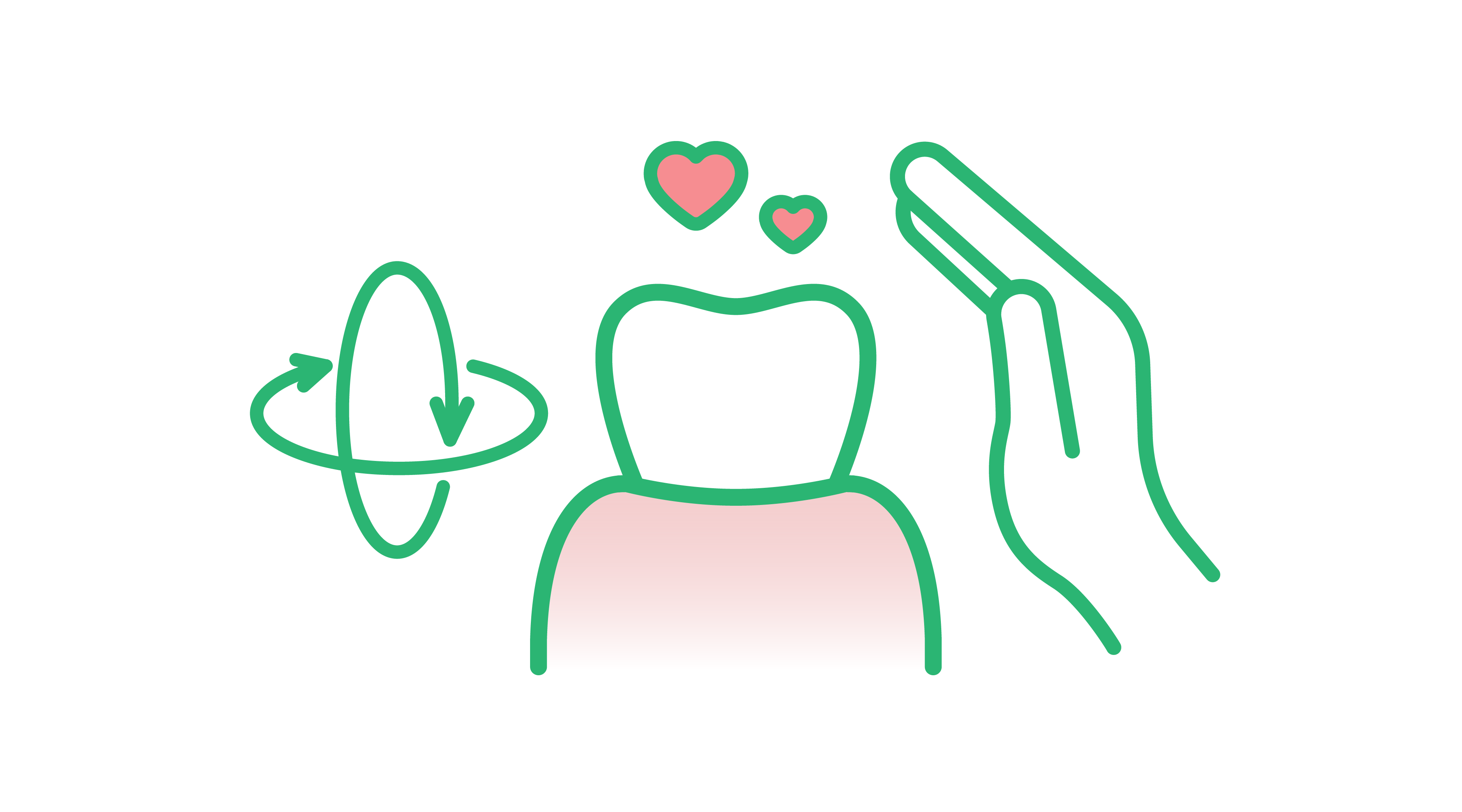
What products should you recommend to patients?
In light of these advancements and innovations with connected electric toothbrushes, it’s worth wondering whether this category should become the go-to recommendation for dentists who want to drive strong at-home results.
There is no universal answer. Both manual and power toothbrushes are effective at removing plaque. It really comes down to preference and compliance. Some factors to consider include:
- Cost: Power toothbrushes are generally more expensive than manual toothbrushes. Is the patient okay with this?
- Patient Circumstances: For example, people with dexterity issues – due to age, disabilities, or otherwise – may find a power toothbrush easier to use.
- Patient Preference: Some people just find it more enjoyable to use a power toothbrush, or vice versa. Ask questions to gain insight around which type of toothbrush your patient will prefer. For analytically-minded people or visual learners, you might even consider bringing up connected smart toothbrushes and data-tracking apps like those mentioned above.
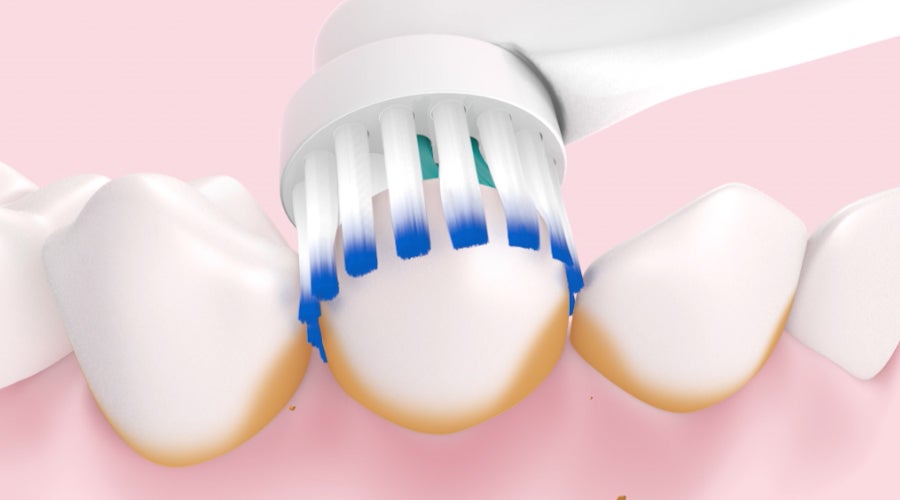
Knowledge is the best tool for patient oral health
As great as artificial intelligence is, nothing beats human intelligence. These innovative tools are valuable mostly because they give us more information and data. At the end of the day, that’s the most important asset in a proactive oral health regimen: actionable knowledge.
It’s not just the actual tools that are getting better and smarter, but also the approaches dentists take to behavioural change and compliance. Understanding the scientific and psychological drivers that motivate the adoption of oral care rituals is essential. We recently shared some of the most significant advancements and focuses in this area, such as the Health Action Process Approach (HAPA) and empathetic relationship-building.
It’s also valuable to keep your patients informed on the best practices for manual toothbrushing technique. One of the most popular models today is the Modified Bass Technique, which is characterized by these elements.
Some power toothbrushes do not require any movement from the patient except moving the toothbrush head from one tooth to the next.
Discussions of technique offer a great opportunity to align your patient with the right toothbrush. Those who truly embrace the fundamentals of MBT – the methodical movements, the patient process, the comprehensive coverage – may do just fine with a manual toothbrush. Those who tend to rush through things or (as mentioned earlier) lack the dexterity to properly execute these movements could be great fits for a power toothbrush.
It all comes back to the value of building strong, communicative relationships with your patients. A foundation of trust leads to transparency and honesty so you can offer the best possible guidance based on the most thorough and accurate information.
At SUNSTAR GUM, we’ll continue to keep you informed with the latest science and innovations, so you can translate this information to your patients and help them stay on top of their oral health.
